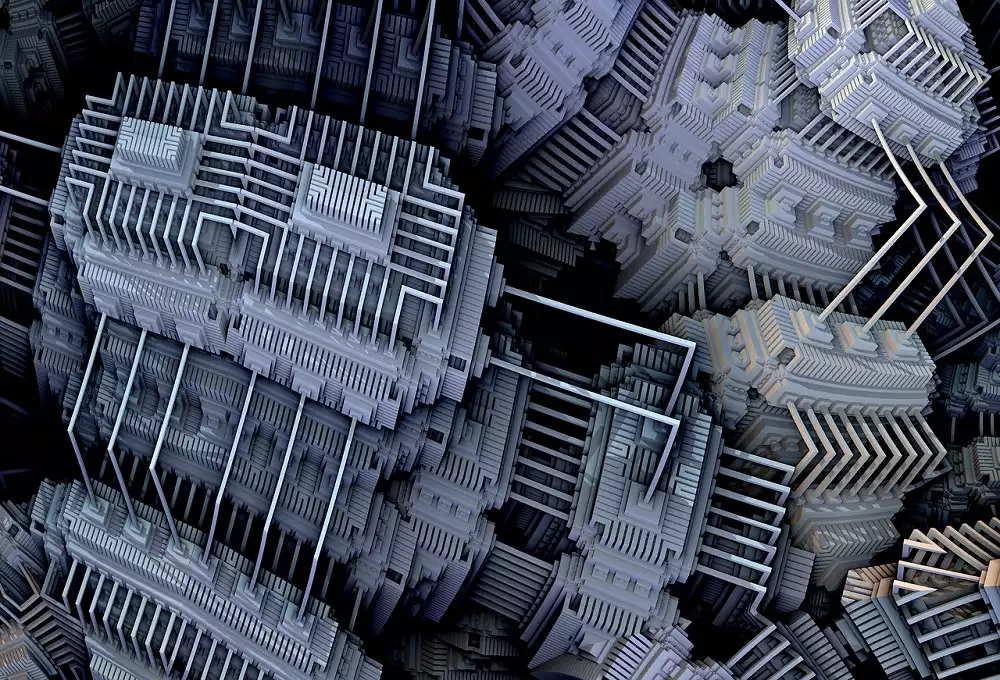
There has been a lot of talk over the past few years regarding quantum computing. We are witnessing many cloud providers racing to build these machines, including IBM and Google in North America and Alibaba in China.
Compared to conventional computers, a quantum computer is good at finding patterns in large amounts of data without having to search for them one-by-one. With a conventional computer, finding certain patterns or properties takes a long time to sift through vast data sets. Tasks like trying to optimize the design of a synthetic material, simulate chemical reactions from nature or optimizing allocations of resources would take a lot of time with a conventional computer while a quantum computer can do those things astronomically faster. In the world of cryptography, and more specifically, network encryption, this is troubling as quantum computers raise a potential threat to common data ciphers.
Shor’s algorithm provides some insight to the problem: it can take very large numbers and factorize them. Factorizing at a quick pace implies an ability to find the key to common ciphers. This is a very difficult problem for a conventional computer, upon which cryptography and data cybersecurity is based. For instance, RSA, a very popular cryptographic algorithm, can be considered a one-way, trap door function. It is very easy to go one-way (i.e. to encrypt).
However, to decrypt is very hard without knowing the key.
Codebreaking with a conventional computer is computationally intensive, requiring a very long time to find the cryptographic key. But this becomes very easy using a quantum computer running Shor’s algorithm.
When will a practical quantum computer exist? Based on responses from a survey in the Quantum Threat Timeline Report, from the Global Risk Institute, some respondents believed that in 5 years there is a 5% probability a quantum computer will exist that can break RSA-2048.
5% may seem like a small risk, but it is a matter of perspective. If you’re talking about the weather, a 5% chance that it may rain means you might bring an umbrella. But a 5% chance of your house burning down will make you act. Organizations responsible for security will likely conclude that a 5% in 5 years requires action.
This ultimately leads the need for risk assessments and mitigation strategies. Mitigation strategies often vary by industry. For instance, in the Banking and Financial services industry, risk officers typically assess risk from a financial perspective in order to prioritize and quantify the degree of acceptable risk. Mitigation may include a mixture of technology, insurance, and acceptance. In the communications industry and other regulated industries, these companies are often mandated to achieve a -safe posture against known threats. Quantum risk assessments can be broken down into 6 phases, following the principles of conventional cyber risk assessments:
- Identify and document assets, and their current cryptographic protection.
- Research the state of emerging quantum technologies, and the timelines for availability of quantum computers.
- Identify and document threat actors and estimate their time to access quantum technology (Z).
- Identify the lifetime of your assets (X), and the time required to migrate the organization’s technical infrastructure to a quantum-safe state (Y).
- Determine quantum risk by calculating whether business assets will become vulnerable before the organization can move to protect them. (i.e. does X + Y > Z ?)
- Identify and prioritize the activities required to maintain awareness, and to migrate the organization’s technology to a quantum-safe state.
Fortunately, some cryptographic algorithms, like Advanced Encryption Standard (AES), are considered resistant to known quantum attacks. AES (advanced encryption standard) is a battle-tested cryptographic algorithm which provides excellent resistance against brute force attacks. It is also a very efficient algorithm to implement. Symmetric AES-256 (256 bit key length) is considered resistant to quantum threats, unlike algorithms like RSA.
If a quantum computer is attacking AES, the effective key length is roughly halved.
Implementing the right types of products and solutions today, such as Nokia’s 1830 Security Management Server, will help ensure a Quantum-safe posture which is resistant against attacks today and into the quantum era. More on this in a future blog.
About the Author:
Dr. Michele Mosca is one of the world's leading scientists in quantum computing, quantum cryptography, and conventional cryptography in an era with quantum technologies. He is the President and CEO of evolutionQ and was a founder of Canada's Institute for Quantum Computing, was a founding Faculty Member of Perimeter Institute for Theoretical Physics, and co-authored the respected textbook An Introduction to Quantum Computing.
Read more:
WaveHub is a market-oriented ecosystem program that brings our customers and partners together to develop new ways to create value.
evolutionQ is led by scientists and engineers in quantum information and cryptography who understand the threats you face and their solutions. evolutionQ offers quantum-safe cybersecurity tailored to your needs
